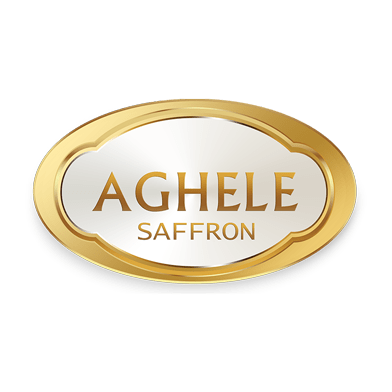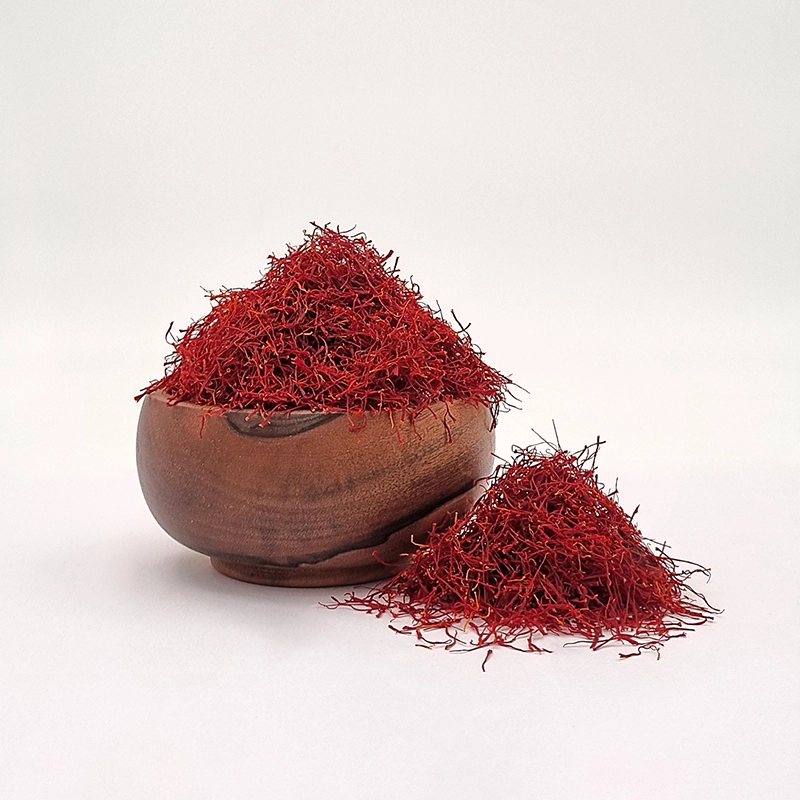Introduction of Pushal saffron
Saffron strands include stigma (red color) and root (white color). When a part of the stigma along with a small part of the root, which is orange in color, is present in saffron, it is called Pushal.
Some people believe that when the orange part is in saffron, it is a sign of its authenticity. Because when the stigma is attached to the root, it is clear that the saffron thread is healthy and original
The coloring power of ordinary Pushal is about 250 units and it has very good coloring.
Pushal is known as a premium type of saffron, with high coloring power and the property of connecting stigma to the root, as a quality and reliable product in the saffron market. Using Pushal saffron in cooking, preparing food and drinks can provide a favorable experience for consumers due to its coloring power and high quality.
Features of Pushal
- More confidence for people to buy
- Stigma part and a small amount of root connected together
- Having complete properties due to the presence of stigma and roots
- Lower price than Negin and Sargol Super saffron
- The originality of saffron
Uses of saffron in Pushal
- Use in ice cream factories and all kinds of syrups with saffron
- Use in restaurant kitchens to prepare all kinds of food and rice
- Use in saffron chocolates
- Preparation of saffron desserts
Types of Pushal saffron
super Pushal Qalamdar saffron
This type of saffron is better than ordinary saffron. Its stigmas are thicker, straight and elongated and without wrinkles. The amount of roots or the orange colored part is less in Pushal saffron.
Pushal Qalamdar saffron
This type of Pushal has wrinkled stigmas, the thickness of the stigmas is normal in this type, and the amount of cream is more, and it has a much better flavor than the weak type of this type of saffron.
Pushal saffron
The stigmas of this type of saffron are fragile and weak, and its price is lower than other types of Pushal. The reason why the stigmas are fragile is that the saffron bulb is small and not enough water has reached it.
Components of Pushal saffron
Saffron, scientifically known as Crocus sativus, is a highly prized spice derived from the flower of the saffron crocus.
The spice is composed of several components that contribute to its distinctive flavor, aroma, and color. The primary components of saffron include:
1. Crocin:
Crocin is responsible for red color of Pushal. It is a water-soluble carotenoid pigment and acts as a natural dye. Crocin is also believed to possess potential antioxidant and anticancer properties.
2. Picrocrocin:
Picrocrocin is a bitter-tasting chemical compound found in saffron. It contributes to saffron’s unique flavor profile and is responsible for its characteristic bitter taste.
Picrocrocin is a precursor to safranal, which is formed when the spice is dried and gives saffron its distinct aroma.
3. Safranal:
Safranal is an aromatic compound that gives saffron its characteristic aroma. It is produced from picrocrocin during the drying process of saffron.
Safranal is responsible for the sweet, floral, and slightly hay-like scent of saffron.
4. Essential oils:
Pushal saffron contains several volatile essential oils that contribute to its aroma and flavor.
These oils include cineole, pinene, borneol, geraniol, linalool, terpinene, and many others. The combination of these oils adds complexity and depth to saffron’s sensory profile.
5. Carotenoids:
Saffron contains various carotenoid compounds, including zeaxanthin, lycopene, and α- and β-carotenes. These natural pigments contribute to the yellow color of saffron threads.
It’s important to note that the exact composition of saffron can vary depending on factors such as the region of cultivation, harvesting methods, and storage conditions.
However, the components mentioned above are the major constituents responsible for saffron’s color, flavor, and aroma.
Last word
In Aghele Saffron, we offer different types of saffron, like Pushal Qalamdar saffron and Sargol saffron, which you can buy and use according to your consumption.
You can see how to pack and send Aghele saffron on Aghele’s Instagram.
Buy saffron
You can call these numbers to buy saffron
Also, send a message to Aghele Saffron’s Instagram direct.



Reviews
There are no reviews yet.